| My Thesis: I've submitted my PhD thesis! Titled "Three Dimensional Modelling of Coral Reefs for Structural Complexity Analysis," the thesis examines the correlation between reef structural complexity and ecosystem health. For my thesis, I developed a new technique for creating and analyzing 3D models of underwater scenes using computer vision and machine learning. The methods are already being used by researchers in Indonesia, Madagascar, Bonaire, Cuba, Honduras, and the Maldives. I've published part of the research, and have five related publications nearing submission or under review. I hope the research will make a significant impact in our understanding of the ocean. Ocean and Space Collaboration: I postponed submitting my thesis by two months to work in a NASA artificial intelligence accelerator last summer in California (blog post here). It was a chance to apply my knowledge of 3D modeling underwater ocean scenes to the challenge of 3D modelling near-earth asteroids. It was a fantastic opportunity that not only augmented the last chapter of my PhD thesis, but also allowed me to grow personally and professionally. Our team of four engineers at NASA's Frontier Development Lab used a range of machine learning techniques to automate asteroid 3D modelling. My team's results were well-received by NASA's Planetary Defense community and the tool my team developed will be implemented this year at the Arecibo Observatory to help track near-earth asteroids. Upcoming Events: While waiting for my PhD defense in March or April, I've committed to a few speaking events, listed below.
| Celebrating thesis submission.^ |
- Feb 3 - CERN Speech in Geneva: I’ll be speaking at CERN in Geneva, Switzerland, about the “CERN for the Ocean” idea I presented in this 2015 TIME op-ed. The idea that has morphed into the a broader “CERN for the Planet.” More about my connection to CERN in previous blog post "Return to CERN."
- Feb 6-8 - Marine Technology Society presentations in New Orleans: I’ll be speaking in New Orleans at the Underwater Interventions conference hosted by the Marine Technology Society. With the Pisces VI submarine team, we will share updates from the build. Additionally, I'll present my thesis work on 3D modelling underwater scenes. I've attended this conference almost every year since I was 19!
- Feb 13 - Classroom Outreach: I’ll be hosting a live classroom session with NatGeo’s "Exploring By the Seat of Your Pants." Any classroom can sign up for free here! This session will be from our submarine workshop in Salina, Kansas, with the Pisces VI deep-sea submarine. Follow that project on Facebook and Instagram; also previous blog post "Submarines in Kansas? Yes! Pisces VI to Bring Deep Sea Research to the Masses."
- Feb 26-27 - MIT Media Lab: I'm thrilled that Katy Croff Bell is launching the Open Ocean Initiative at MIT Media Lab. It will "design and deploy new ways to understand the ocean and connect people to it, empowering a global community of explorers." I'll be at one of the first events "Here Be Dragons" in Boston this February. Most of the talks will be live streamed from MIT or the New England Aquarium. More information here.
- April 10 - Join me for "Extreme Oceans" Presentations in DC (a Student Matinee at 10AM, and a General Admission at 7:30PM): I’ll be speaking at NatGeo Headquarters in Washington D.C. about why I care so much about the ocean, how my interests developed, and more broadly about the future of our ocean, the technology and policies we need, and how everyone can get involved. I'll give both a students-only matinee and an evening talk open to the public. Tickets are available here through NatGeo. Friend Anand Varma (who did the awesome slo-mo story of on hummingbirds you might've seen!) will be speaking a few days later on April 13.
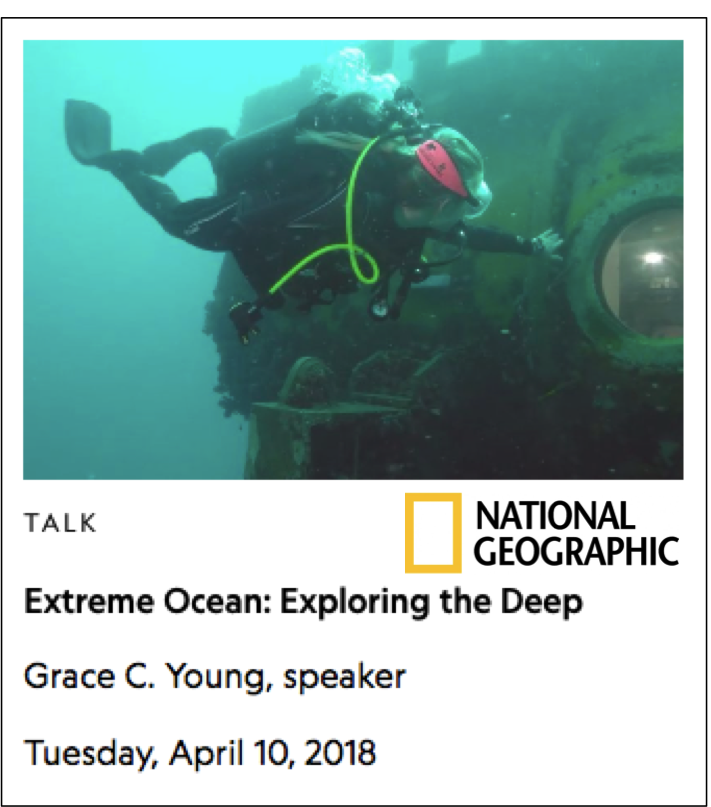
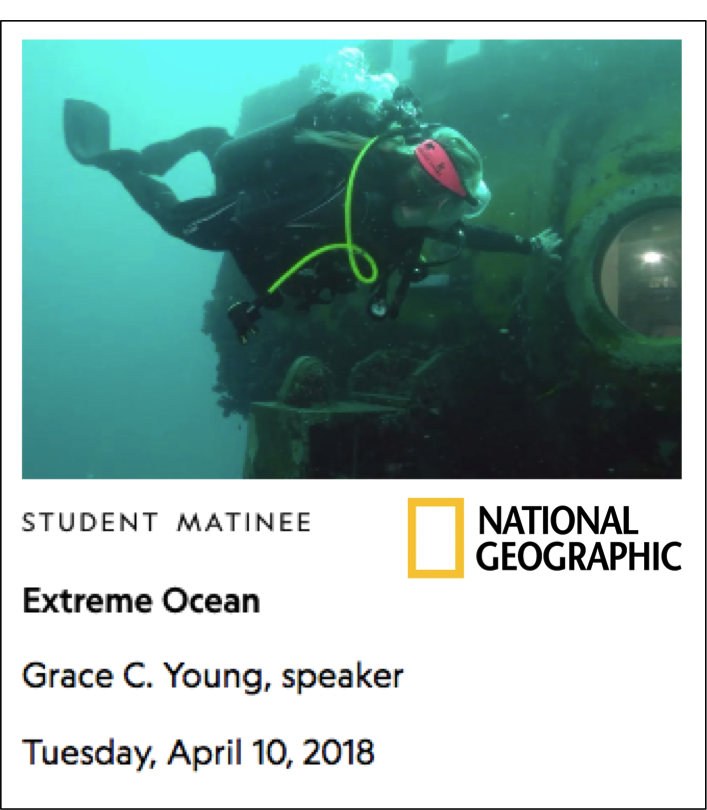
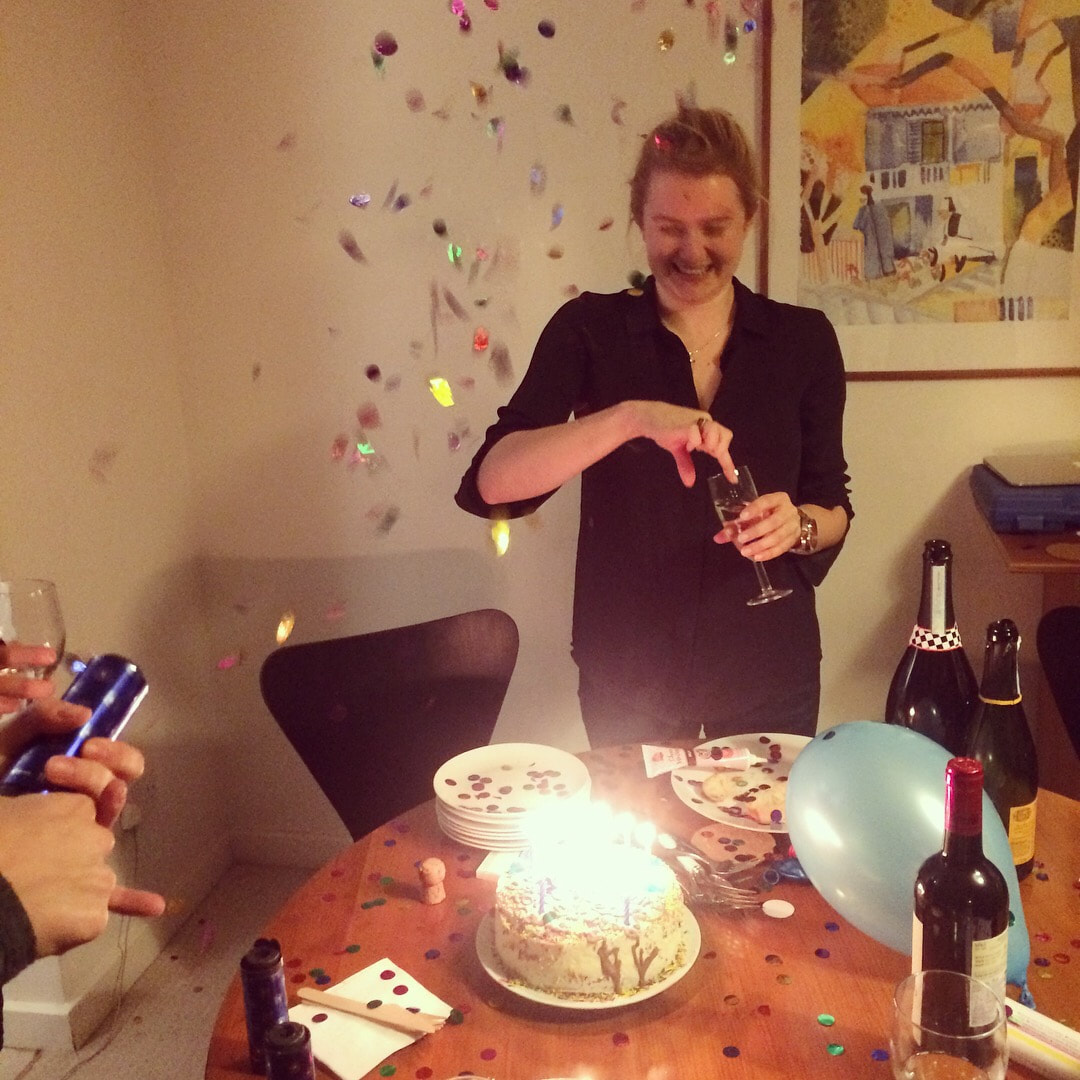
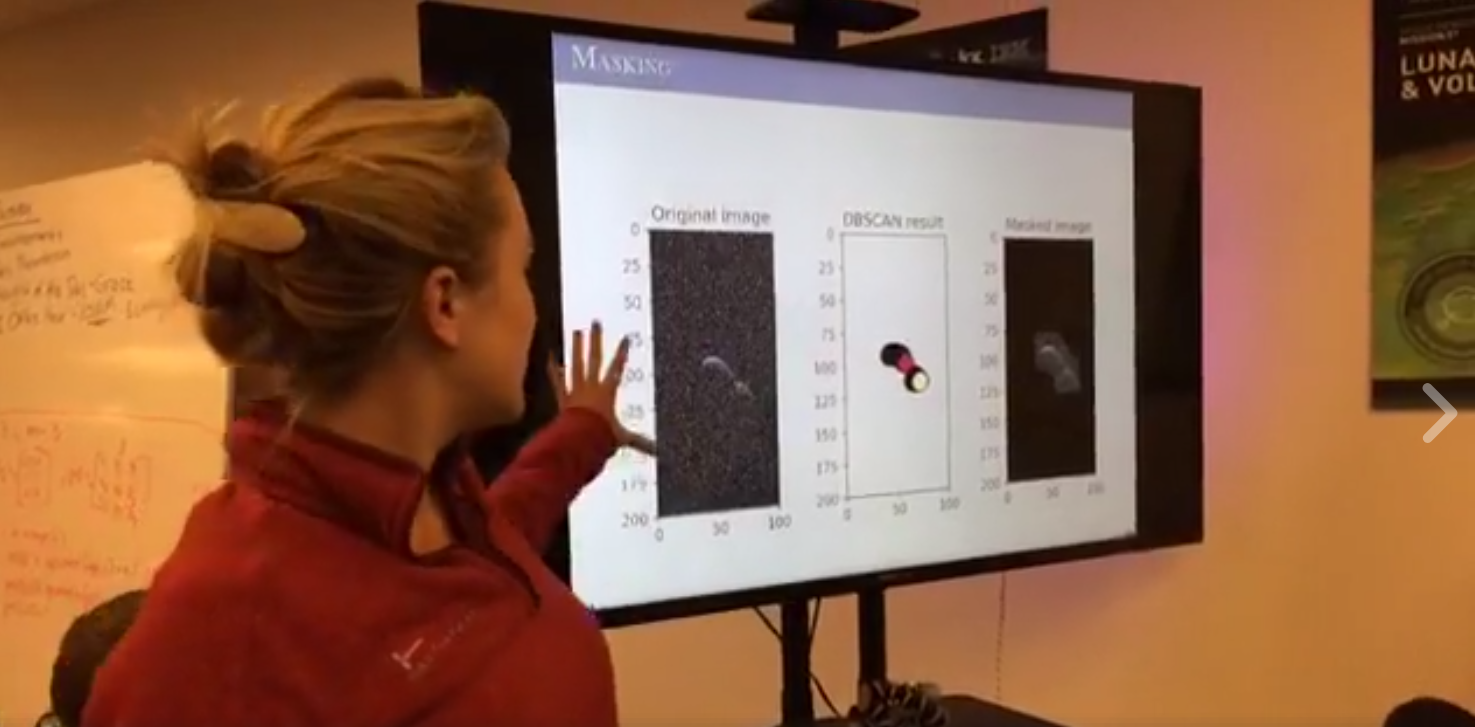
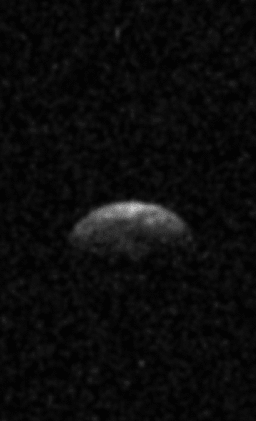
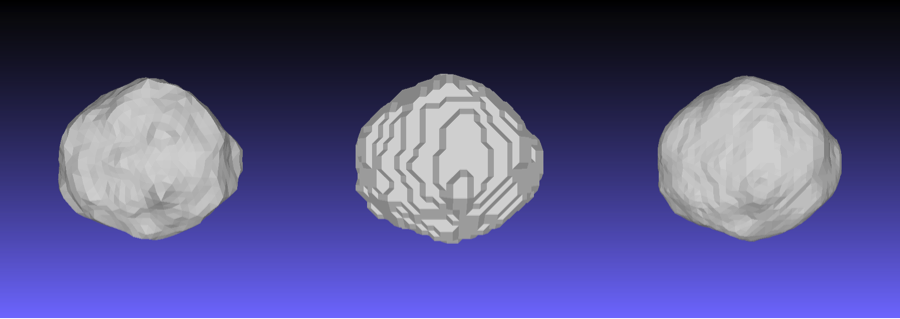
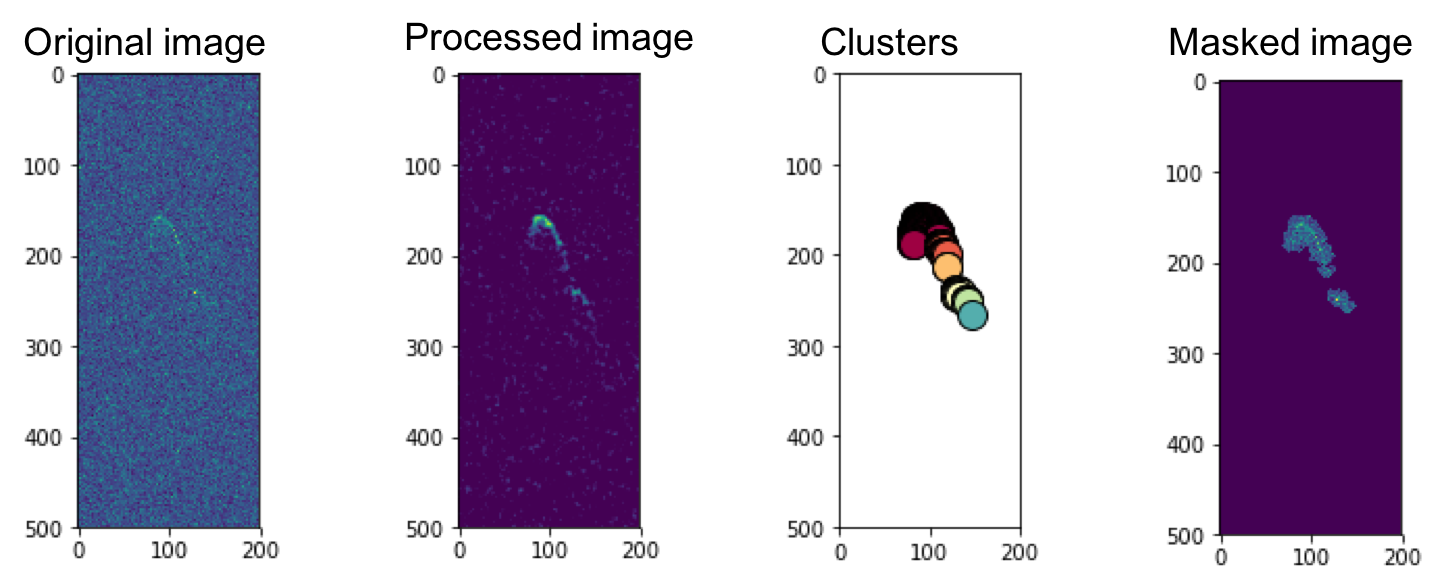
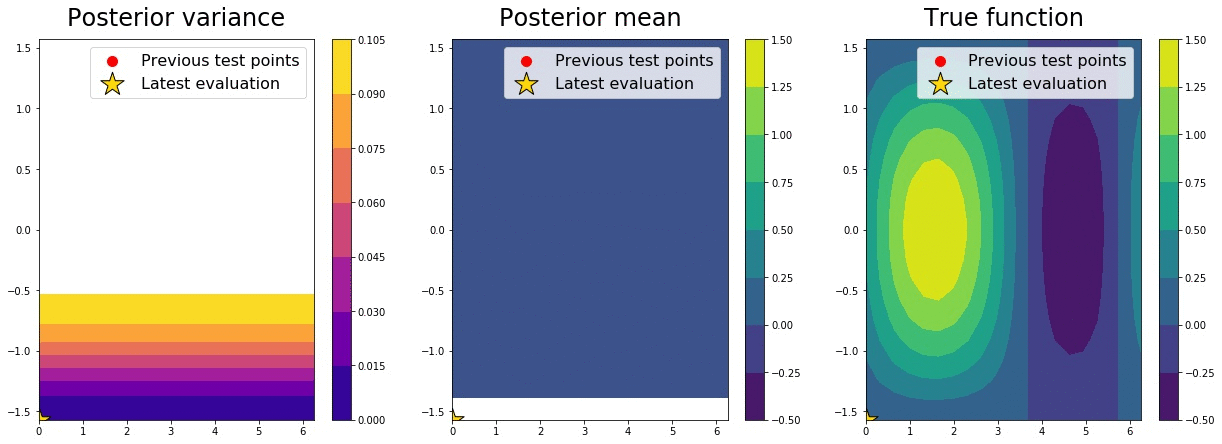
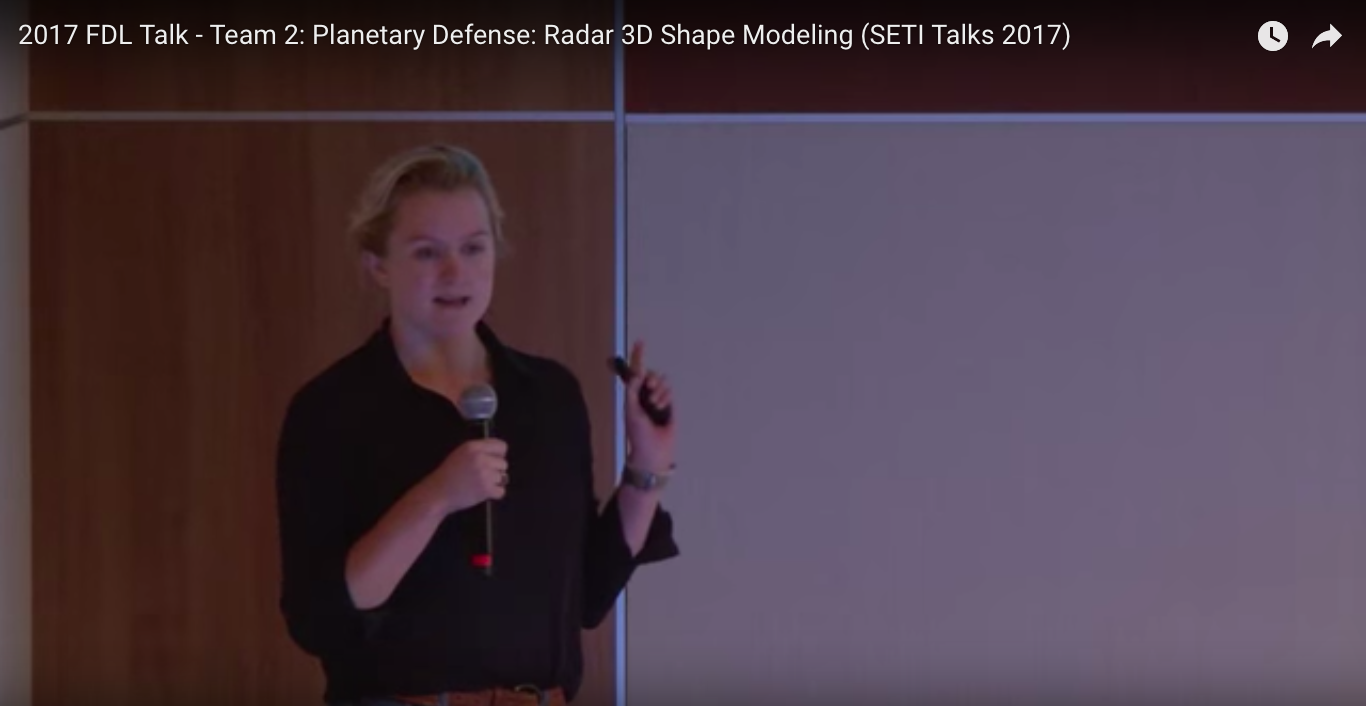
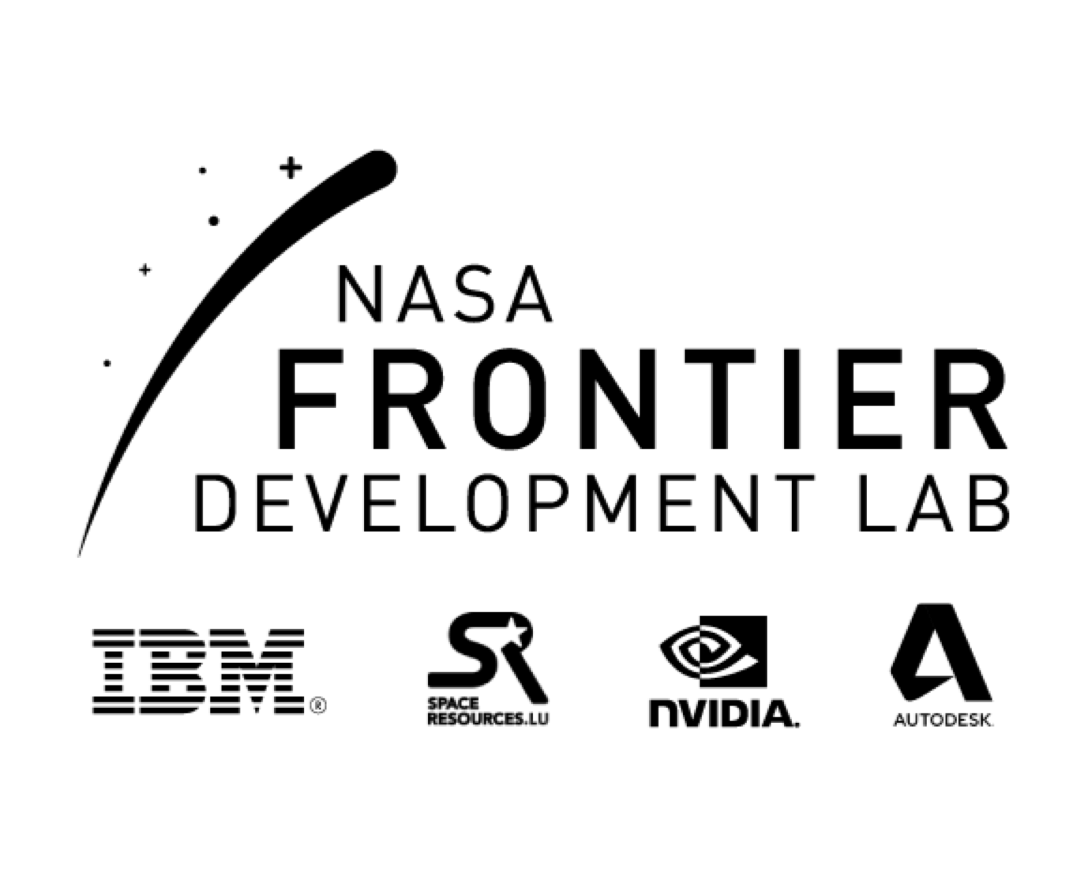
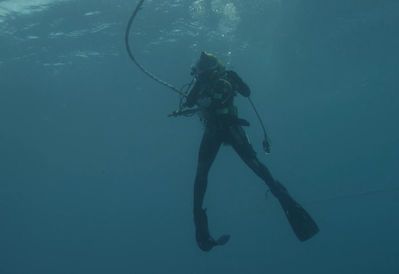
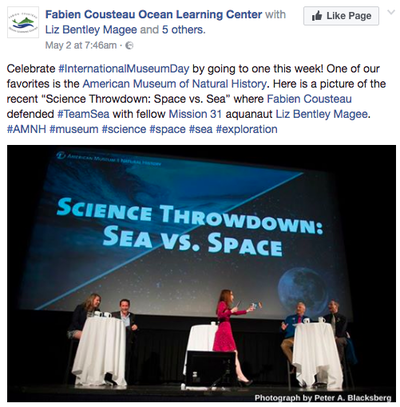
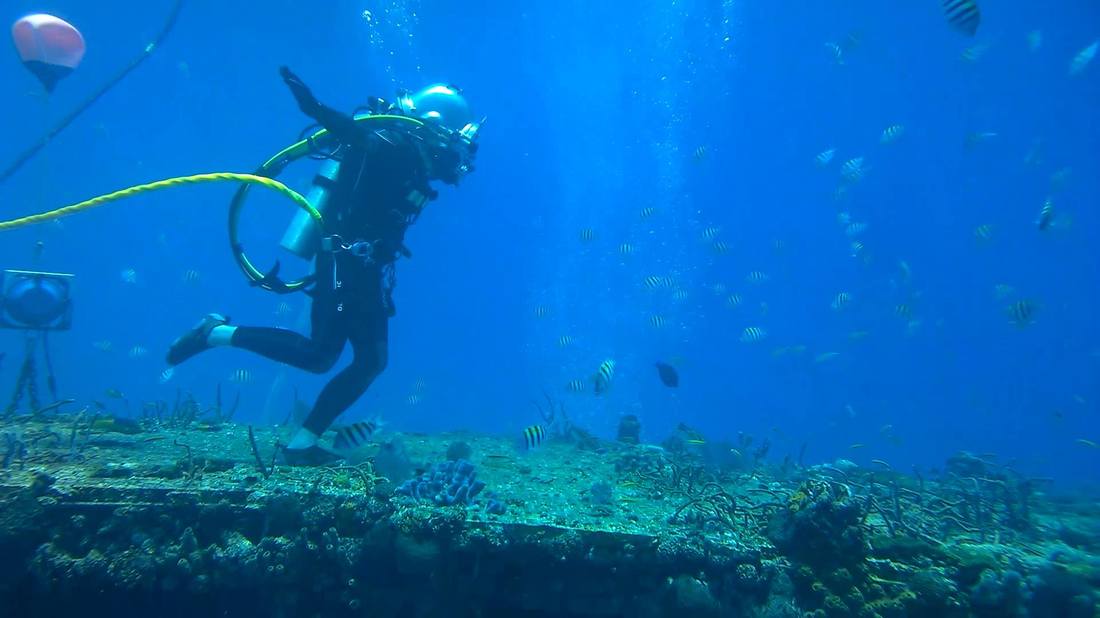
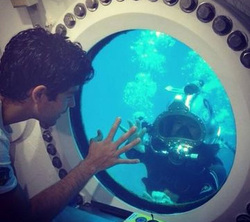
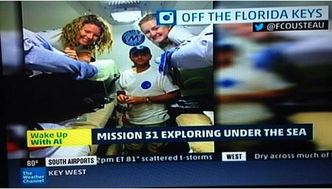
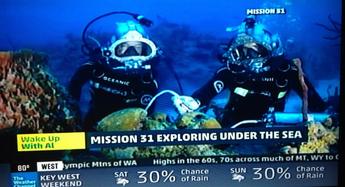
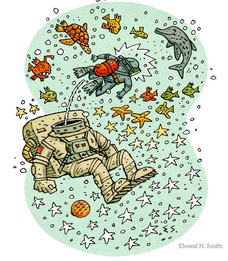
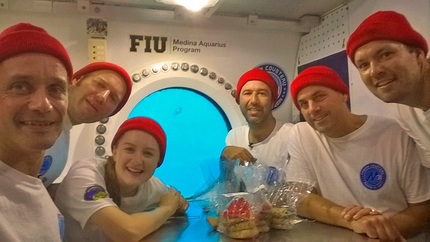
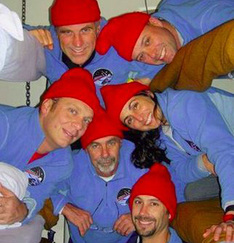
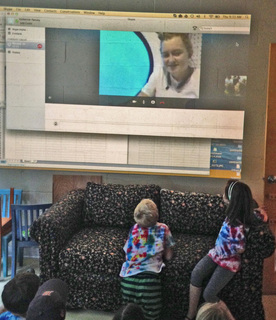
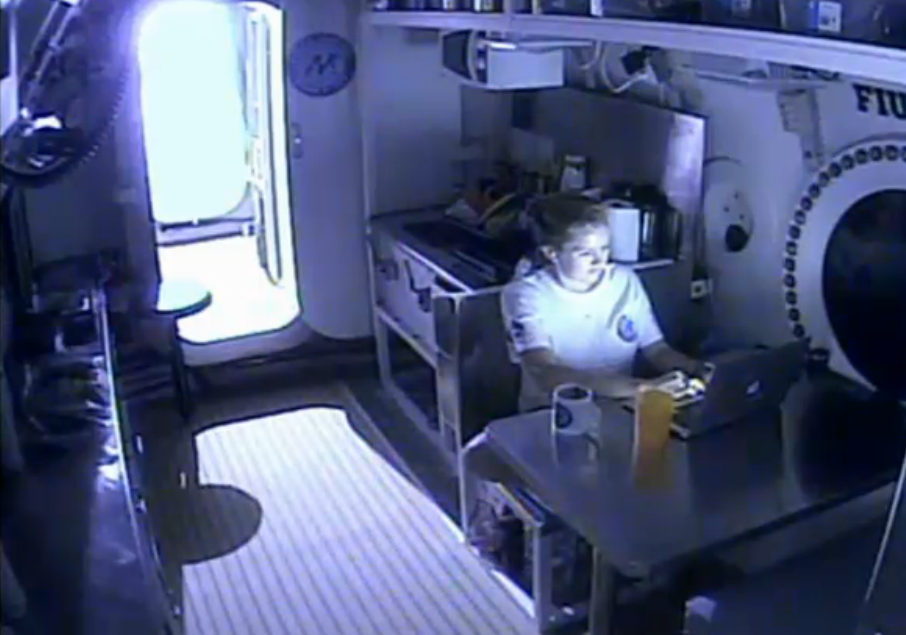
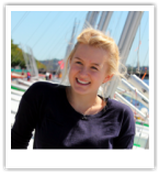
 RSS Feed
RSS Feed
